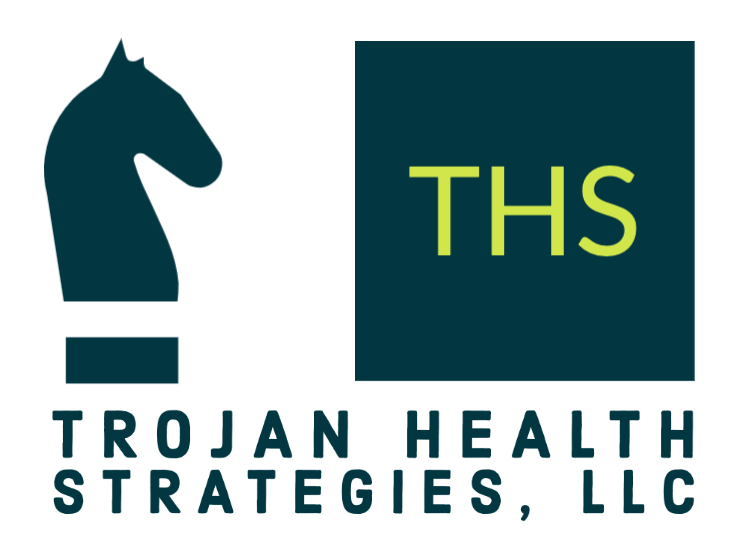Reuters Pharma USA 2022
Last week, I attended the ReutersPharma USA 2022 event in Philadelphia, Pennsylvania, the event that aimed to “break pharma’s boundaries and rebuild US healthcare.” First, in-person conferences are back! I connected with old friends and met new ones and was able to peer into the minds of industry leaders. Here are a few things that resonated with me:
“Pharma needs to change at the speed of culture.” according to Gail Horwood of Novartis. Truer words couldn’t have been better spoken. Patients are consumers and what we expect has changed. Brand experience has to evolve as well. Nonhealthcare brands are venturing into the metaverse, how might pharma follow?
Technology has created wonderful opportunities to innovate and see that which was previously unseen. Prakash Pothamseti of Axtria spoke of the platformization of health care that is enabling interoperability and access to data.
Every function can advance health equity. Jason Hawbecker at Biogen has found that he can drive more equitable solutions by collaborating with pharmacy giant, CVS to diversify clinical trials.
Patient centricity is out. Not really–but several took the position that patient-centricity alone is not sufficient if the goal is to positively impact all patients suffering from a particular condition. Dr. Maria Rivas at EMD Serono distanced her team from the word patient-centricity and chose to describe her design process as “patient-directed”. Other presenters spoke of building patient feedback platforms which is a wonderful way to maintain access to patient input.
There are several different approaches aimed at advancing health equity. Dr. Patrice Matchaba, President of the Novartis US Foundation presented on the Beacon of Hope, a 10-year commitment from the company to address health and generational wealth disparities in black and brown communities. He also daringly highlighted some of the lesser-known ways structural racism is embedded in healthcare research and delivery. Marianne Gandee of Pfizer and Shelley Fuld Nasso of the National Coalition for Cancer Survivorship highlighted the importance of health, clinical and digital literacy in delivering resources to patients and caregivers. Lisa Shea spoke about the successes experienced at Janssen in driving organizational alignment with a patient focus. Finally, my conference experience concluded with an oft-ignored topic—accessibility. Stephen Framil of Merck, Melissa Penn of Bayer, Anthony Stephens of the American Council of the Blind, and Shelley Fuld Nasso discussed the importance of planning for accessibility as early as possible in the design process.
Talking about health equity attainment can be hard. It is a massive and hairy problem that feels insurmountable. Many don’t know what health equity is—I encountered a few inquiring minds at the conference. Also, people are afraid of #cancelculture and of saying the wrong thing, as Frank Spinelli of ViiV Healthcare noted as it relates to people impacted by HIV. It ultimately requires evolving to see the whole patient, figuring out how to address the issues that stand in the way of their care, and designing products and services that enable patients the opportunity to experience their best health. What is heartening is that though there is a long way to go, there is movement in the industry, which is something to celebrate!

